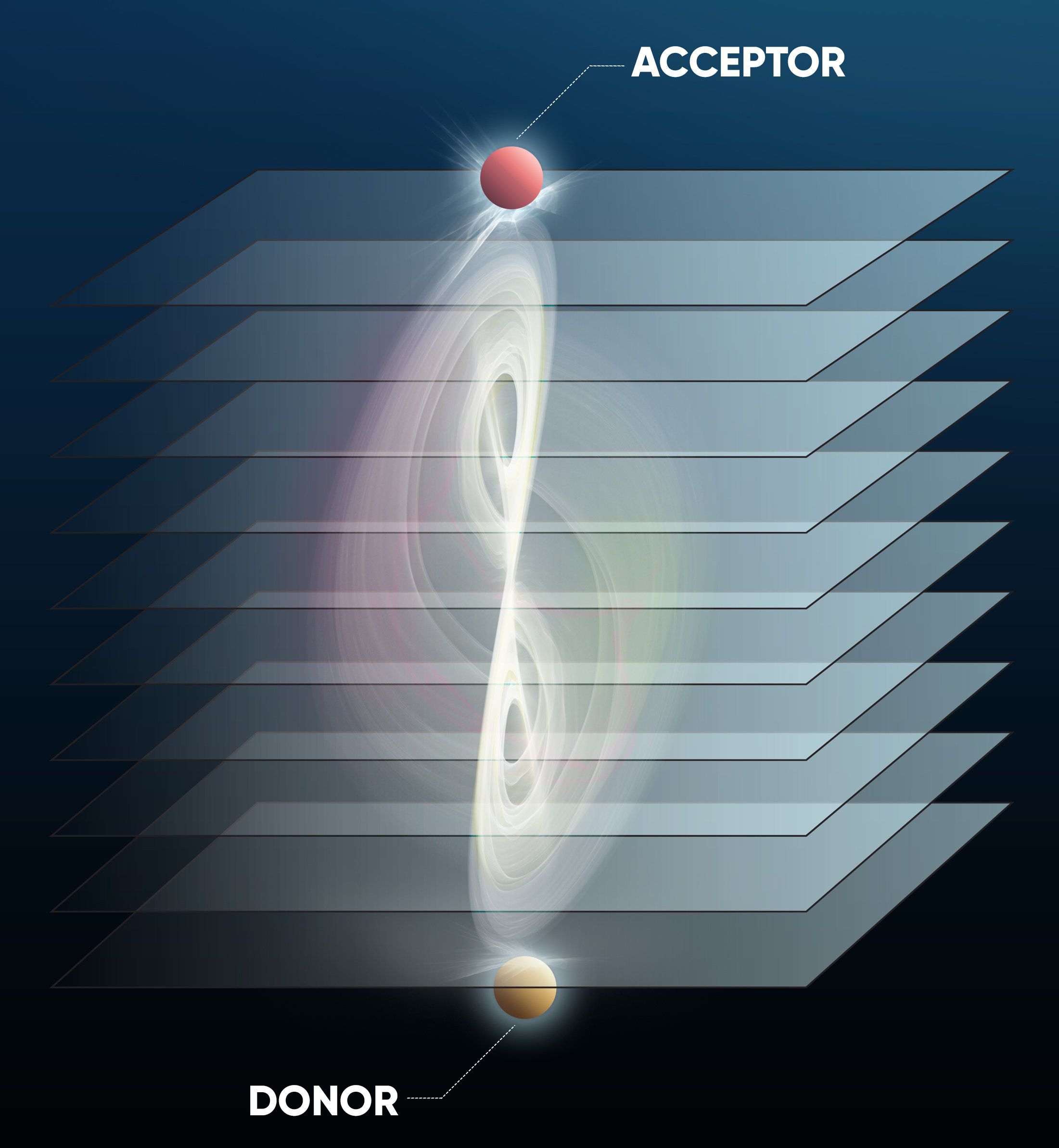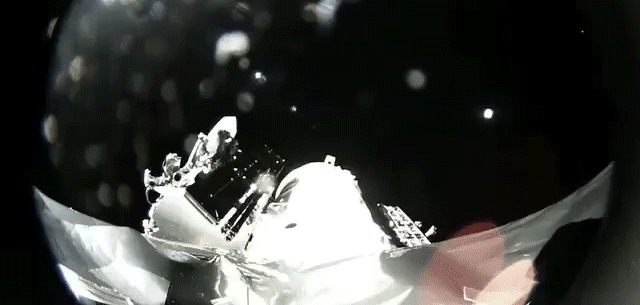http://lifeofafighter.com/cell-regeneration-with-ira-pastor-…dcast-138/




Using engineered nanocomposite structures called metamaterials, a City College of New York-led research team reports the ability to measure a significant increase in the energy transfer between molecules. Reported in the journal ACS Photonics, this breakthrough breaks the F\xF6rster resonance energy transfer (FRET) distance limit of ~10–20 nanometers, and leads to the possibility of measuring larger molecular assemblies.
And since FRET is a staple technique in many biological and biophysical fields, this new development could benefit pharmaceuticals, for instance.
“Energy transfer between molecules plays a central role in phenomena such as photosynthesis and is also used as a spectroscopic ruler for identifying structural changes of molecules,” said Vinod Menon, professor of physics in City College’s Division of Science. “However, the process of energy transfer is usually limited in the distance over which it occurs, typically reaching 10 to 20 nm.”

Salty water just below the surface of Mars could hold enough oxygen to support the kind of microbial life that emerged and flourished on Earth billions of years ago, researchers reported Monday. Current latest trending Philippine headlines on science, technology breakthroughs, hardware devices, geeks, gaming, web/desktop applications, mobile apps, social media buzz and gadget reviews.


China is planning to launch its own “artificial moon” by 2020 to replace streetlamps and lower electricity costs in urban areas, state media reported Friday. Current latest trending Philippine headlines on science, technology breakthroughs, hardware devices, geeks, gaming, web/desktop applications, mobile apps, social media buzz and gadget reviews.

The 2019 Breakthrough Prize in Mathematics recipient is https://breakthroughprize.org/Laureates/3/L3838” target=”_blank” rel=” nofollow noopener noreferrer” data-ga-track=” ExternalLink: https://breakthroughprize.org/Laureates/3/L3838”>Vincent Lafforgue of the CNRS and Institut Fourier, Université Grenoble Alpes in France. Lafforgue was awarded the prize “f or ground breaking contributions to several areas of mathematics, in particular to the Langlands program in the function field case,” the Breakthrough Prize https://breakthroughprize.org/Laureates/3/L3838” target=”_blank” rel=” nofollow noopener noreferrer” data-ga-track=” ExternalLink: https://breakthroughprize.org/Laureates/3/L3838”>website notes. (Watch the short video “Vincent Lafforgue: 2019 Breakthrough Prize in Mathematics” Click on photo to start video.
target=”_blank” rel=” nofollow noopener noreferrer” data-ga-track=” ExternalLink: https://www.youtube.com/watch?v=ADLbv6nREyM”>here.)
This video is the second in a multi-part series discussing computing. In this video, we’ll be discussing computing – more specifically, Moore’s Law with the exponential growth of technology due to our ability to pack more and more transistors into integrated circuits and the potential death of Moore’s Law!
[0:30–3:50] Starting off we’ll look at, how the integrated circuit has shaped the world due to our ability to pack more and more transistors into them, more specifically, in their usage in computing in the form of microprocessors (CPUs) and other computation related hardware.
[3:50–7:11] Following that we’ll discuss, how the transistor will continue to shrink onwards from this year, 2017 and the latest innovations that can shrink them even further, such as FinFETs.

Speaking in a Satellite Innovation 2018 keynote, long-time SpaceX investor and board member Steve Jurvetson made a quiet but significant comment about the company’s Starlink satellite constellation efforts, stating that the first two prototype spacecraft – currently in orbit – “are working wonderfully.”
Standing in contrast to recent speculation that SpaceX’s Starlink project had experienced major failures with on-orbit hardware, Jurvetson may be a biased source but still has a major vested interest in SpaceX’s long-term success – supporting billions dumped into a satellite constellation with no real returns in sight would serve to seriously harm his significant investments in the company.
He would say that? Maybe, but @dfjsteve Jurvetson, early @SpaceX & @planet investor, told Satellite Innovation conference Oct 10, regarding SpaceX’s two Starlink test sats launched in February: pic.twitter.com/WHzJlPUEPA
A gold medal for innovation.